 How To Identify Signs Of A Blocked Shower
How To Identify Signs Of A Blocked Shower
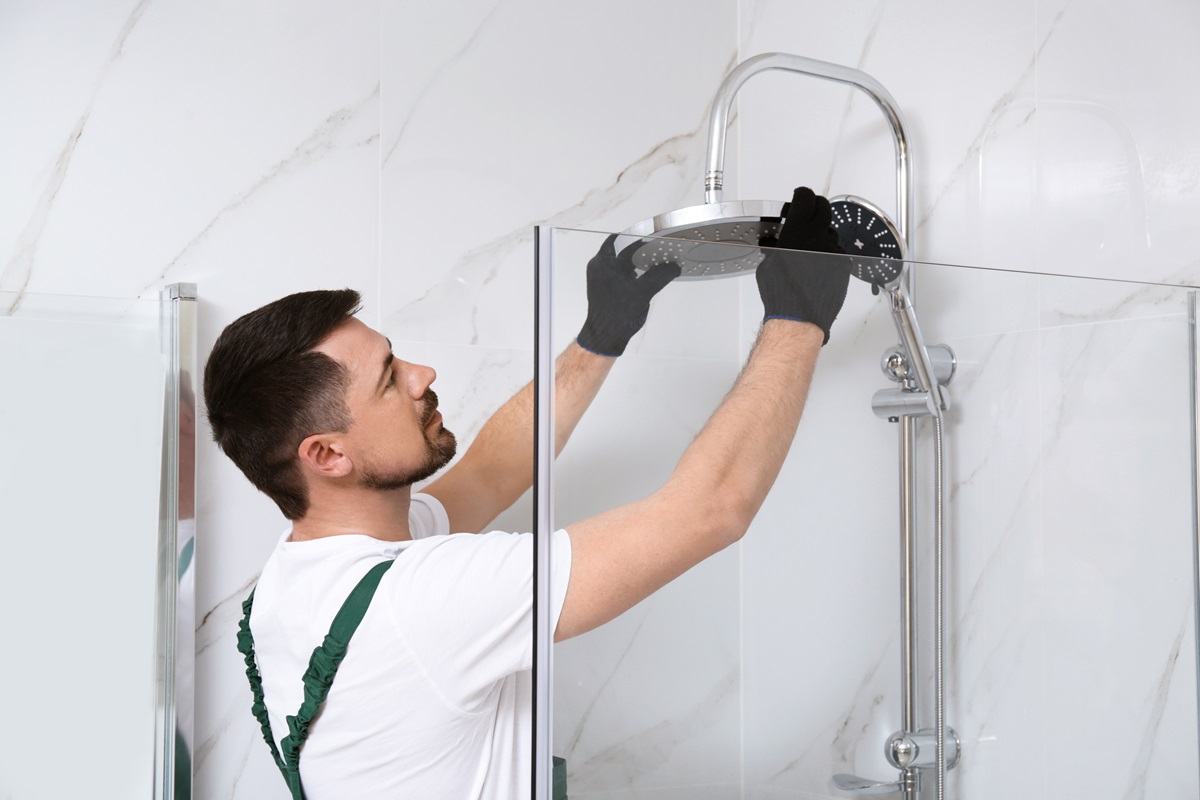
Recognising the early signs of a blocked shower can prevent more extensive and costly issues. It is essential to understand what to look for and where blockages typically occur within the shower drainage system.
Common Indicators of a Blocked Shower
A blocked shower can manifest through various indicators. You might notice water pooling at your feet during a shower or draining away more slowly than usual. Another telltale sign is a change in water pressure, which could indicate a blockage in the showerhead or pipes.
Prompt Addressing of Shower Blockages
Addressing a blocked shower promptly is crucial to avoid further complications. Left unchecked, a blockage can lead to water damage, mould growth, and even structural damage to your property. Quick action can mitigate these risks.
Preventing Significant Issues
By recognising the early signs of a blockage, you can take immediate steps to clear it, potentially avoiding the need for professional intervention. Regular maintenance, such as cleaning the drain and using a hair catcher, can help prevent blockages from forming.
Locating Shower Blockages
Most blockages occur at the drain or in the pipes just below the shower base. Hair, soap scum, and small objects are often the culprits. Identifying the location of a blockage is the first step in determining the appropriate method for removal.
Common Causes of Shower Blockages
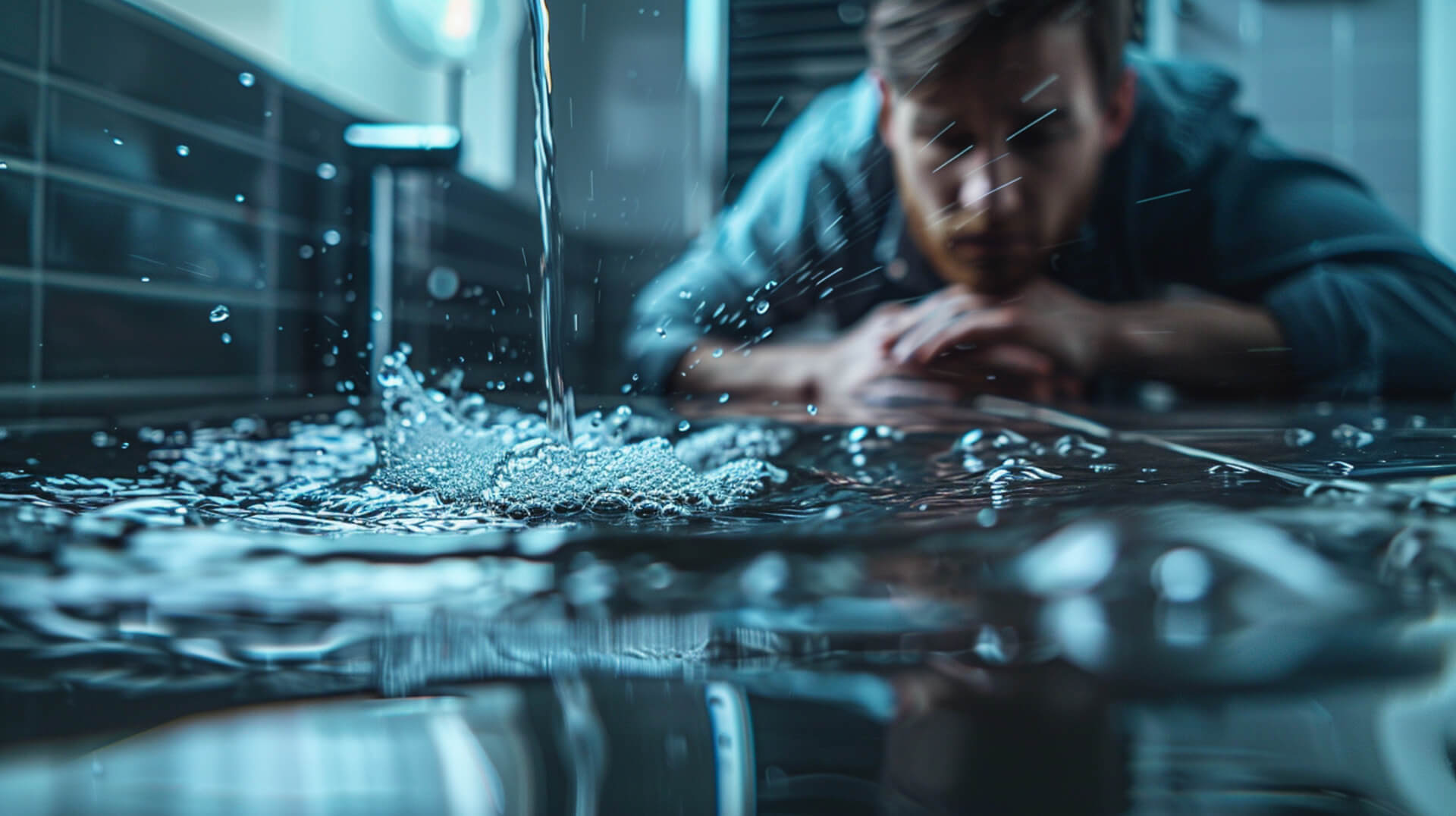
Understanding the common culprits behind shower blockages can empower you to prevent and address these issues effectively. Blockages typically arise from a combination of substances that accumulate over time, reducing water flow and potentially leading to complete obstruction.
Substances Leading to Blockages
The primary substances that contribute to shower blockages include:
- Hair: It’s the most common cause, as it binds with grease and other sticky substances, forming clogs.
- Soap Scum: Soap residue combines with minerals in water, creating a hard residue that adheres to pipes.
- Dirt and Skin Flakes: These can accumulate and, along with hair and soap, form substantial blockages.
Hard Water’s Contribution
Hard water contains high mineral content, particularly calcium and magnesium, which can precipitate and form scale buildup, narrowing the pipes and leading to blockages.
The Problem with Hair and Soap Scum
Hair and soap scum are particularly problematic because:
- They are a regular part of showering, consistently entering the drainage system.
- They tend to stick to the inner surfaces of pipes, gradually accumulating until water flow is restricted.
The Role of Foreign Objects
Foreign objects, such as small bottle caps, jewellery, or pieces of plastic, can inadvertently enter the drain and cause immediate blockages. Unlike hair and soap scum, these objects do not degrade and must be physically removed to restore drainage.
By being aware of these common causes, you can take proactive steps to minimise the risk of blockages and maintain an efficient shower drainage system.
Initial Signs of a Blocked Shower
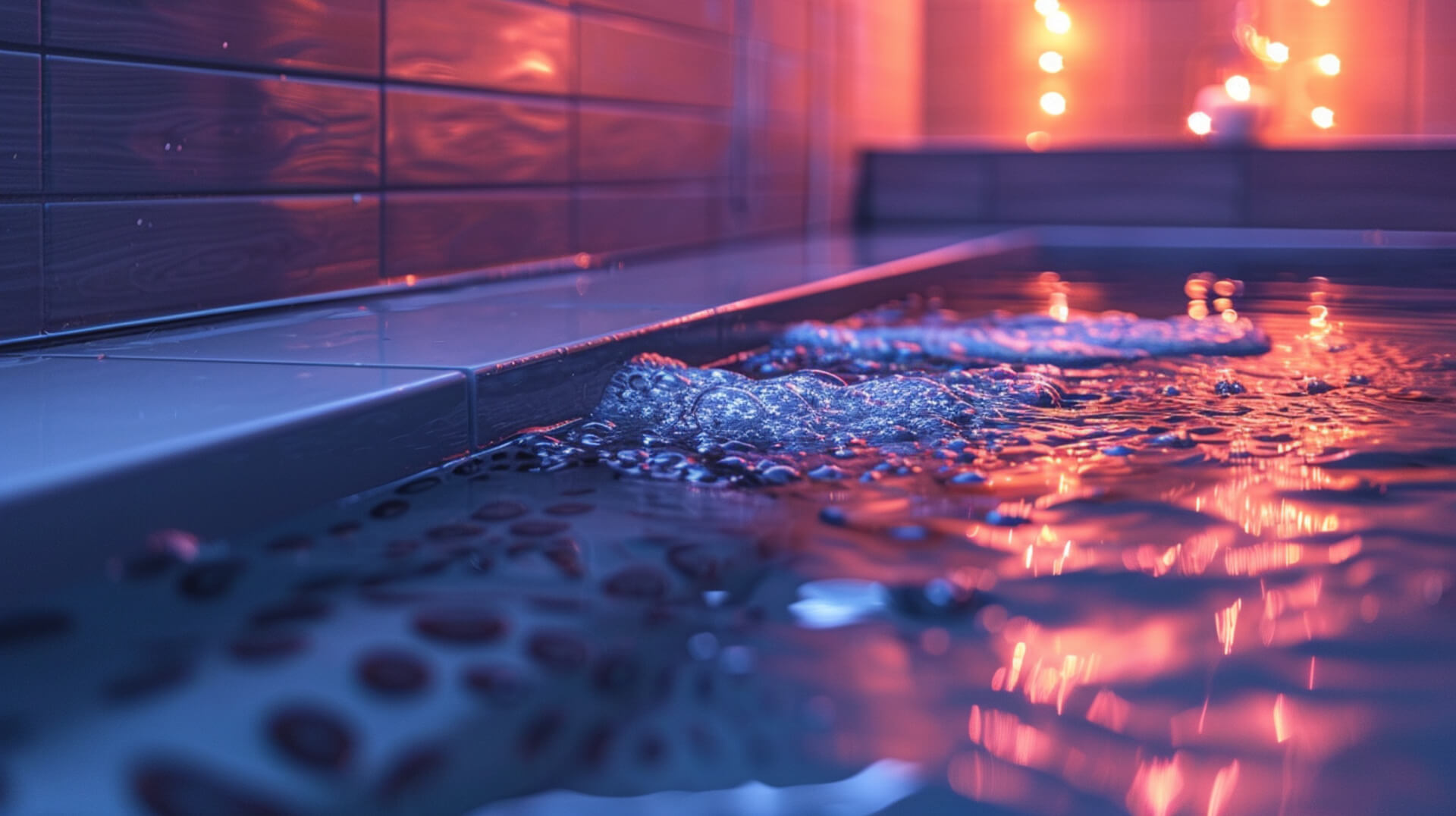
Identifying the early indicators of a blocked shower can prevent more severe plumbing issues. Property owners, business owners, and facility managers should be vigilant for these signs to ensure the proper functioning of their shower systems.
Recognising Early Indicators
A blocked shower may present several warning signs:
- Water Pooling: If water is not draining quickly and is pooling at your feet, this is a primary sign of a blockage.
- Slow Drainage: A shower that begins to drain more sluggishly than usual often indicates a developing clog.
- Changes in Water Flow: Any noticeable reduction in water pressure or erratic water flow could suggest a blockage in the pipes.
Additional Manifestations of Blockages
Blockages may also manifest signs outside the immediate shower area:
- Unusual Noises: Gurgling sounds from the drain can indicate trapped air in the pipes due to a blockage.
- Odours: Foul smells emanating from the shower drain are a telltale sign, as they can signify stagnant water and bacterial growth in the pipes.
By being attentive to these signs, you can take timely action to address potential blockages, maintaining the efficiency and hygiene of your shower facilities.
DIY Methods for Identifying Blockages
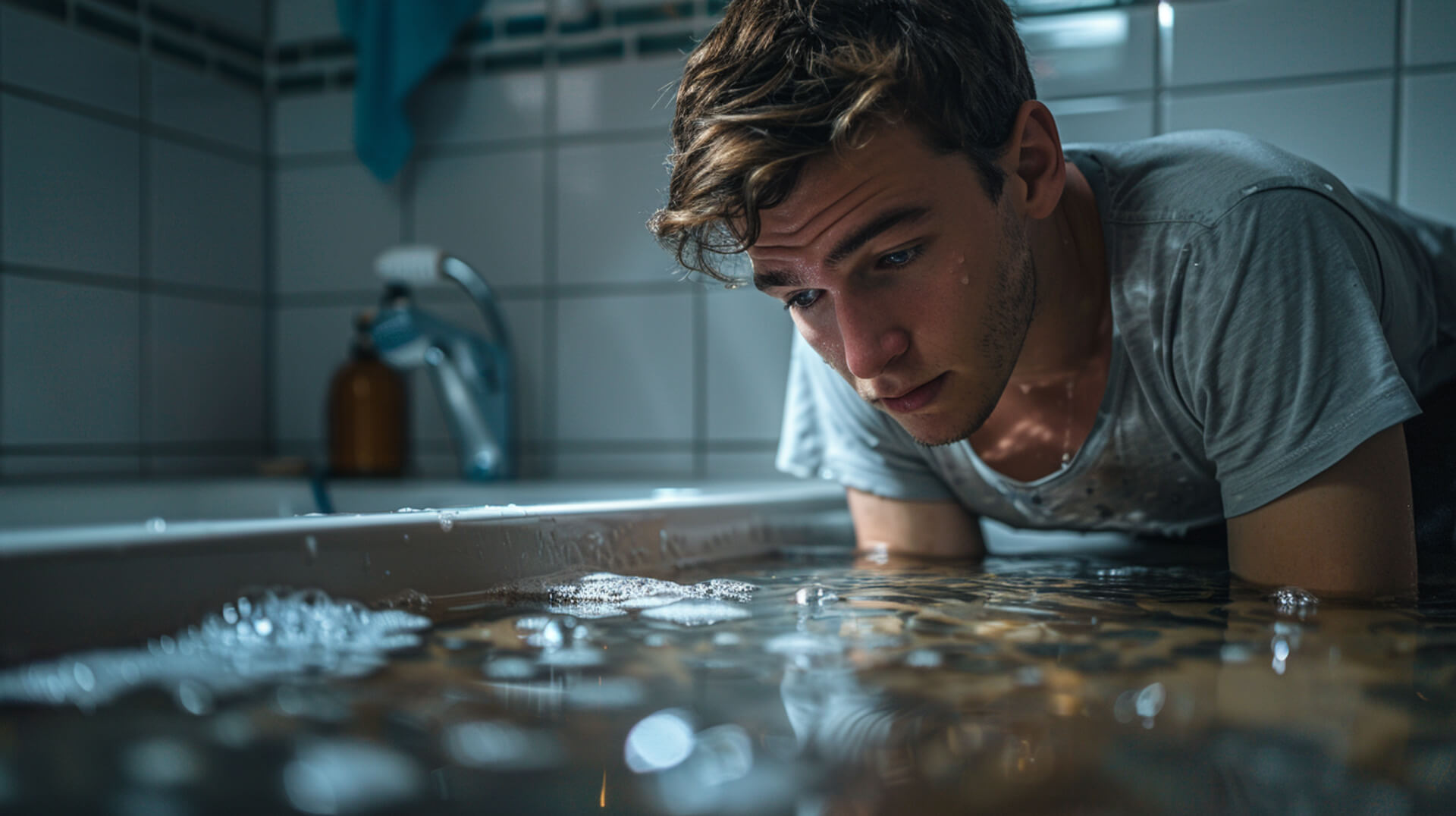
When faced with a potential shower blockage, there are several straightforward techniques you can employ to determine the issue before considering professional intervention.
Simple Techniques for Detecting Blockages
To identify a blockage in your shower, consider the following methods:
- Visual Inspection: Look for obvious obstructions in the drain. Hair and soap scum are often visible near the surface.
- Water Flow Test: Monitor how quickly the water drains. A slow drain usually points to a blockage.
- Homemade Solutions: A mixture of baking soda and vinegar can help dissolve minor blockages. Pour half a cup of baking soda followed by half a cup of vinegar down the drain, wait for 30 minutes, and then rinse with hot water.
Caution with DIY Methods
While DIY methods can be effective for minor blockages, they should be approached with caution:
- Chemical Cleaners: Use chemical drain cleaners sparingly, as they can damage pipes over time.
- Physical Tools: Be gentle when using tools like a plunger or drain snake to avoid damaging the plumbing.
Knowing When to Seek Professional Help
Professional intervention is recommended when:
- Persistent Blockages: If the blockage does not clear after a few attempts with DIY methods.
- Recurring Issues: Frequent blockages might indicate a more significant underlying problem that requires expert attention.
By utilising these DIY methods responsibly, you can often resolve simple blockages, but it’s important to recognise when the situation calls for professional plumbing services.
Utilising Professional Diagnostic Tools for Shower Blockages
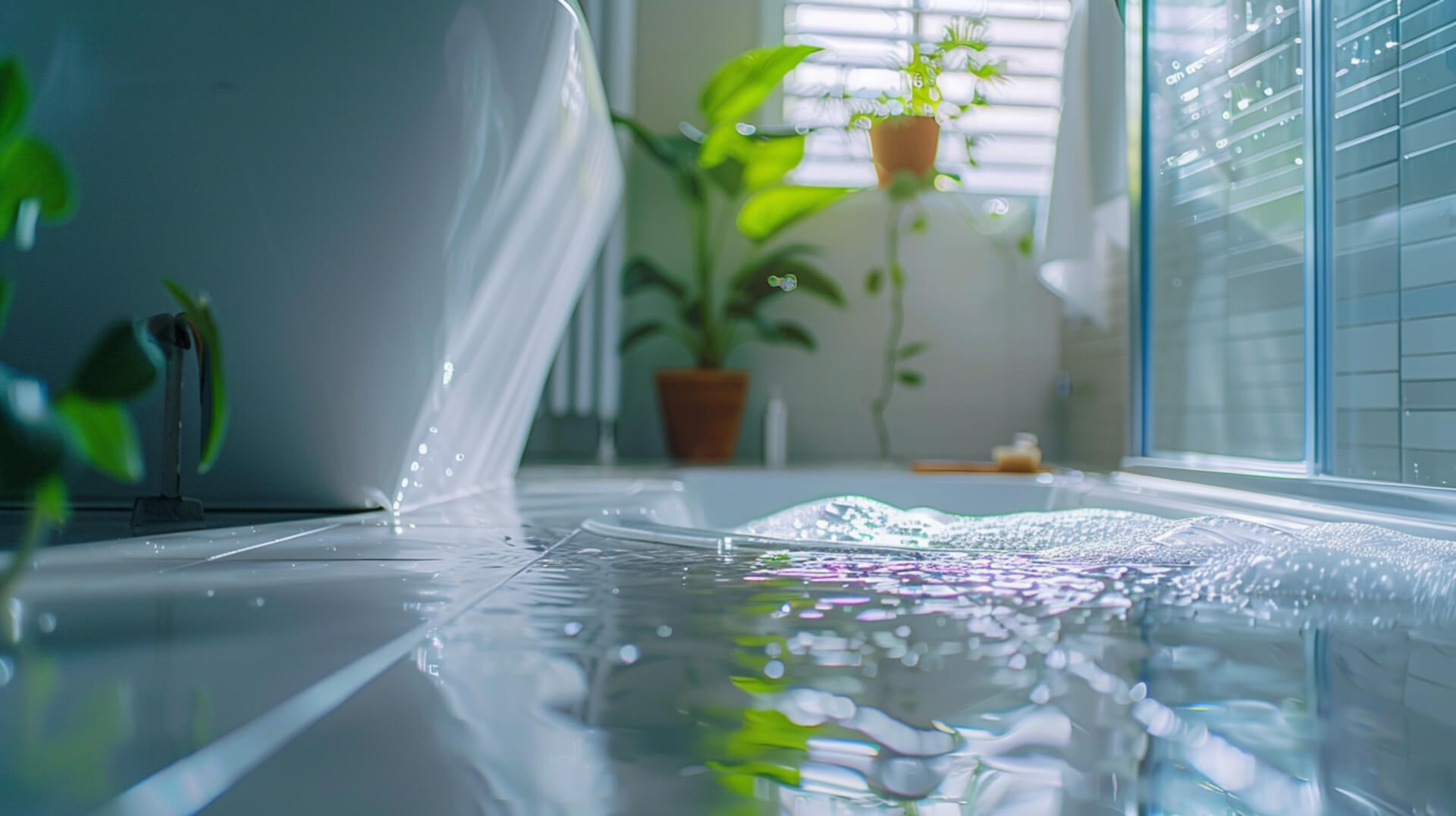
When self-assessment and DIY methods do not resolve a blocked shower, professional diagnostic tools become necessary. These advanced tools allow plumbers to accurately diagnose and address the root causes of blockages.
Advanced Tools Used by Professionals
Professionals may employ a variety of tools to diagnose shower blockages:
- CCTV Drain Surveys: Utilising specialised cameras to inspect the inside of pipes and identify blockages, damage, or wear.
- High-Pressure Jetting: A method that uses water at high pressure to clear blockages and buildup within pipes.
The Process of CCTV Drain Surveys
CCTV drain surveys involve the following steps:
- A small camera is inserted into the drain.
- Real-time footage allows plumbers to locate and assess the blockage.
- The visual inspection provides a non-invasive method to identify issues without the need for immediate excavation or pipe removal.
Necessity of High-Pressure Jetting
High-pressure jetting may be required when:
- Blockages are stubborn or composed of dense material.
- There is a need to clean the entire length of the pipe, not just the area around the blockage.
Integration into Regular Maintenance
Incorporating these professional services into regular maintenance can prevent future blockages and maintain optimal plumbing health. Regular checks can identify potential issues before they escalate, ensuring that your shower remains in good working order.
Health and Safety Considerations for Clearing Blocked Showers
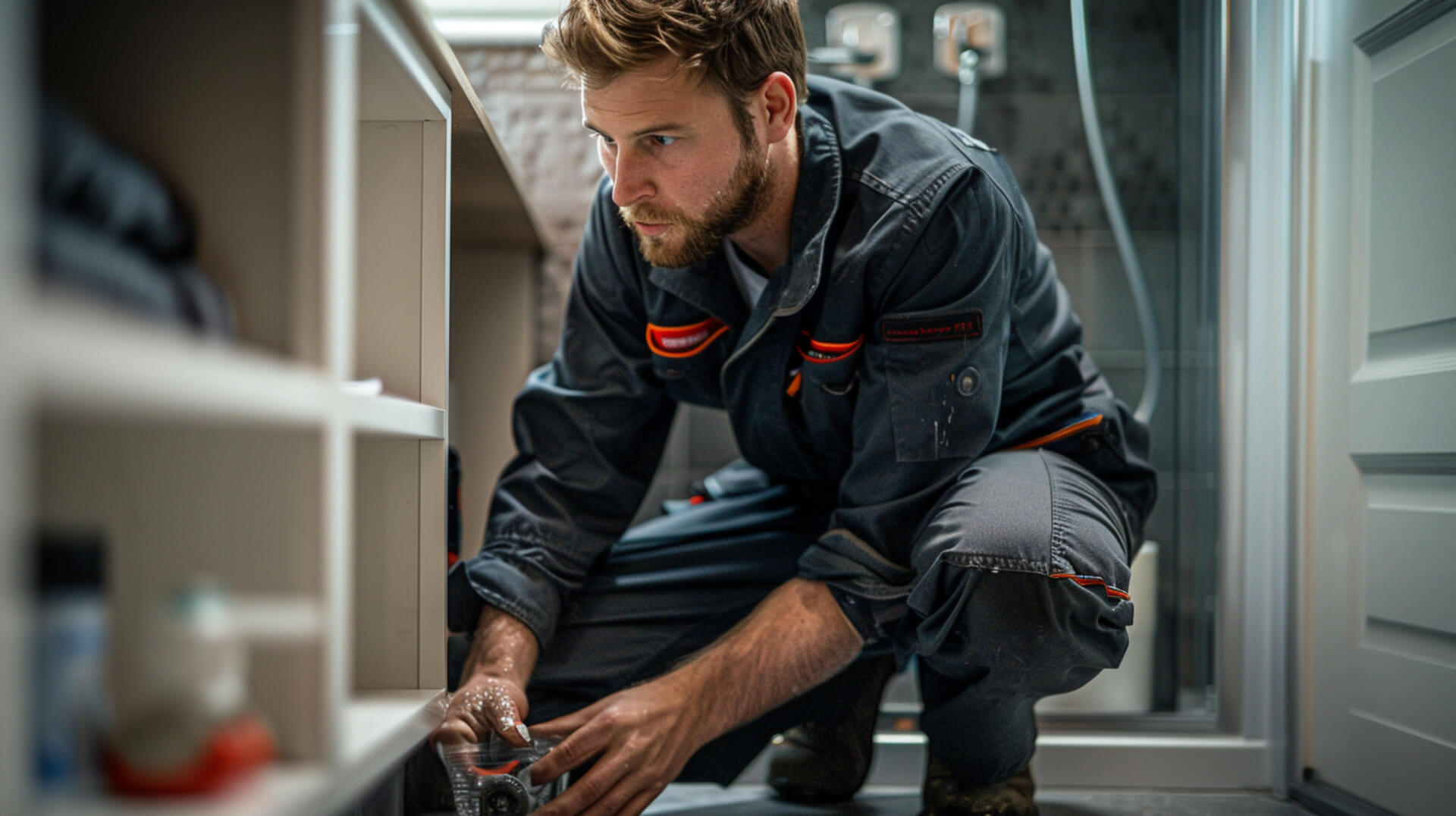
Addressing a blocked shower requires not only the right techniques but also a consideration for health and safety. Property owners should be aware of the potential health risks and the safe practices for resolving minor blockages.
Potential Health Risks from Blocked Showers
Blocked showers can pose several health risks:
- Stagnant Water: Can become a breeding ground for bacteria, increasing the risk of infections.
- Mould Growth: Persistent moisture from poor drainage can lead to mould, which may cause respiratory issues.
Safe Practices for Clearing Minor Blockages
When attempting to clear a blockage:
- Proper Ventilation: Always ensure the area is well-ventilated, especially when using chemical cleaners to prevent inhalation of fumes.
- Use of Protective Gear: Gloves and eye protection are essential to safeguard against splashes from chemical agents or debris.
Importance of Protective Equipment
Protective equipment is crucial when dealing with plumbing issues:
- Gloves: Protect hands from contaminants and harsh chemicals.
- Eye Protection: Prevents accidental splashes from reaching the eyes, which can be harmful.
By adhering to these health and safety guidelines, you can safely attempt to clear minor blockages in your shower. However, if the blockage persists, it is advisable to seek professional assistance to resolve the issue effectively and safely.
Preventive Measures and Maintenance Tips

Routine maintenance can significantly reduce the likelihood of shower blockages. By incorporating simple practices into your cleaning routine, you can maintain a clear and functional drainage system.
Routine Practices to Prevent Blockages
To prevent shower blockages:
- Regular Cleaning: Clean your shower drain weekly to remove hair and other debris before they cause clogs.
- Hot Water Flushes: A weekly flush with boiling water can help dissolve and dislodge soap scum and grease buildup.
Frequency of Drain Cleaning
For optimal flow maintenance:
- Drain Cleaning: It is recommended to perform a thorough cleaning of your shower drain at least once a month.
Benefits of Installing Drain Screens
Drain screens are beneficial because they:
- Catch Debris: Prevent hair and other materials from entering the drain, which are common causes of blockages.
Resources for Natural Cleaning Solutions
Property owners can find resources on natural cleaning solutions:
- Online Platforms: Websites dedicated to eco-friendly home care often provide recipes for natural cleaners.
- Local Workshops: Some community centres offer workshops on creating and using natural cleaning products.
By following these maintenance tips and utilising resources for natural cleaning solutions, you can effectively prevent shower blockages and maintain a healthy plumbing system.
When to Seek Professional Plumbing Services
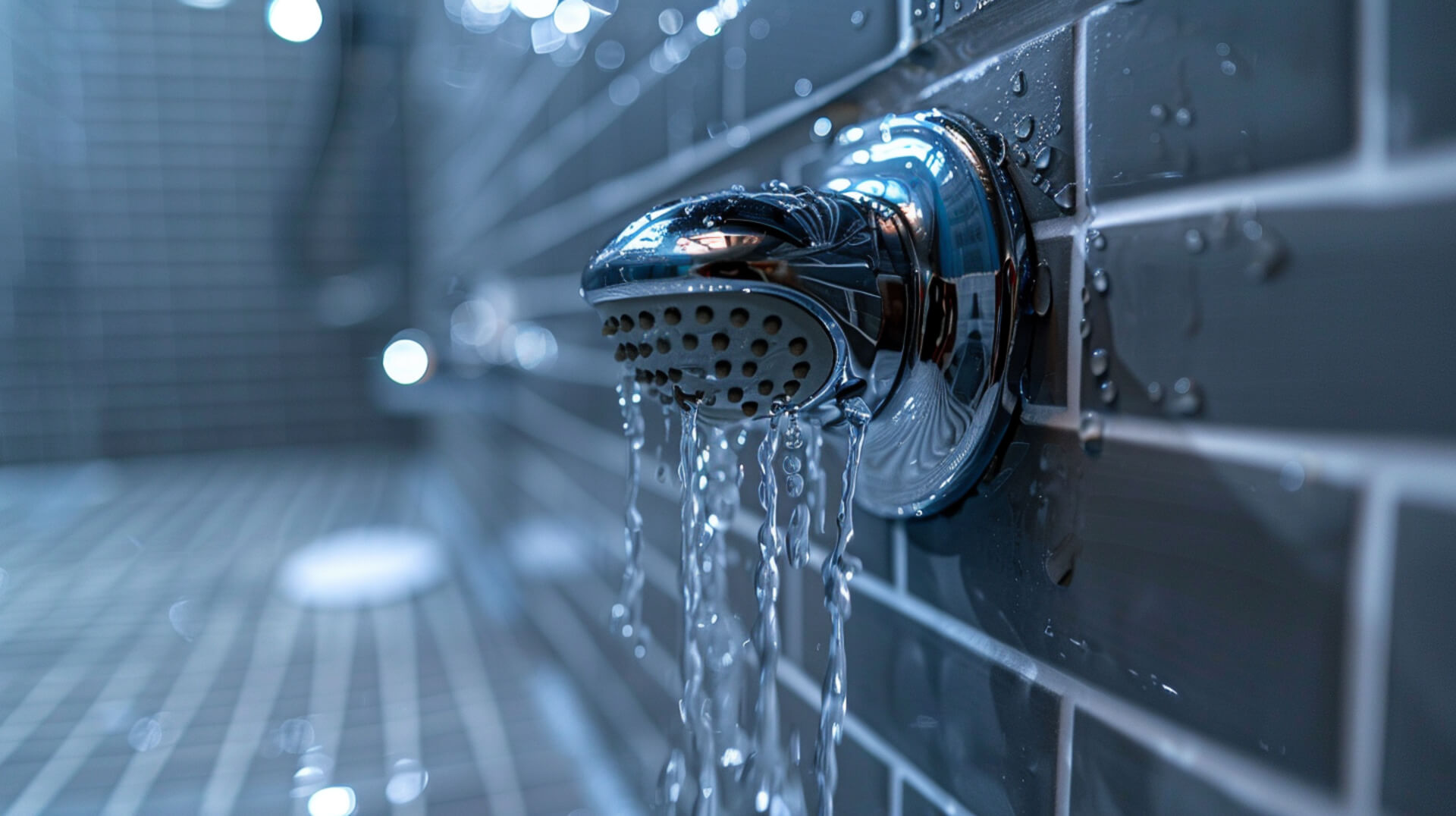
Identifying the right time to call a professional for a blocked shower is crucial for preventing further damage and ensuring the plumbing system’s integrity. Property owners should be aware of the signs that indicate the need for expert intervention.
Indicators for Professional Assistance
You should consider professional services when you observe:
- Persistent Blockages: If repeated DIY attempts fail to clear the blockage.
- Recurring Issues: Frequent clogs may suggest deeper plumbing problems.
- Water Backup: Water rising in places it shouldn’t, like other drains, indicates a more serious blockage.
Advantages of Professional Blockage Removal
Professionals offer more effective solutions due to:
- Specialised Tools: Equipment like motorised drain snakes can reach deeper into the plumbing system.
- Expertise: Trained plumbers can diagnose and resolve complex issues beyond surface blockages.
The Importance of Timely Intervention
Delaying professional help can lead to:
- Increased Damage: Prolonged blockages can cause pipe damage or leaks.
- Higher Costs: The longer a blockage remains, the more expensive the repair can become.
Locating Reputable Plumbing Services
To find reputable plumbers:
- Online Directories: Websites like Angie’s List or HomeAdvisor provide lists of local plumbing services with customer reviews.
- Referrals: Recommendations from friends or family can lead you to trusted professionals.
By recognising these signs and understanding the benefits of professional services, property owners can ensure their plumbing issues are resolved efficiently and effectively.
Environmental and Financial Implications of Blocked Showers

Addressing blocked showers is not only a matter of convenience but also has significant environmental and financial implications. Understanding these impacts can guide you in adopting more sustainable practices and making cost-effective decisions.
Environmental Considerations
Blocked showers can lead to:
- Increased Water Usage: A partially blocked shower may require longer running times to achieve the same level of cleanliness, leading to unnecessary water wastage.
- Chemical Pollution: The use of harsh chemical cleaners can contribute to water contamination, affecting local ecosystems and wildlife.
Adopting Eco-Friendly Practices
To mitigate environmental impacts:
- Natural Solutions: Use eco-friendly cleaning agents like baking soda and vinegar to minimise chemical runoff.
- Water Conservation: Fix blockages promptly to avoid overuse of water and to maintain efficient shower operation.
Financial Prudence in Addressing Blockages
Promptly addressing blockages can lead to financial savings by:
- Preventing Damage: Early intervention can prevent more severe damage to plumbing systems, which can be costly to repair.
- Reducing Bills: Efficient water usage leads to lower utility bills, providing economic benefits over time.
Maintenance and Repair Savings
Savings can be found through:
- Regular Maintenance: Routine checks and cleaning can prevent blockages, reducing the need for emergency repairs.
- Professional Assessments: Periodic inspections by professionals can identify potential issues before they escalate, avoiding expensive interventions.
By considering the broader implications of blocked showers, you can make informed decisions that benefit both the environment and your wallet.
Innovative Solutions for Recurring Shower Blockages
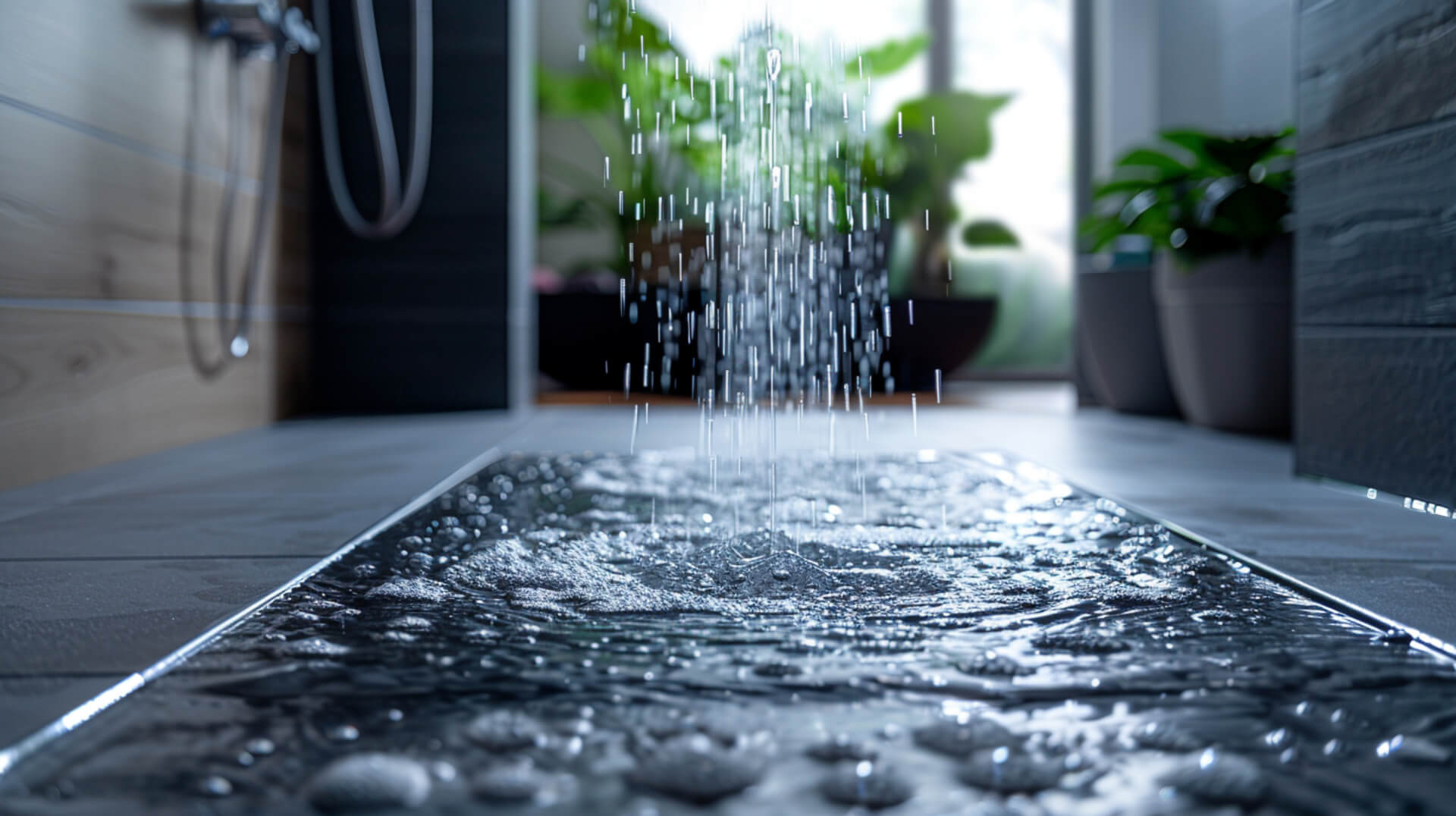
For those experiencing persistent shower blockages, innovative solutions are available that leverage modern technology to prevent and manage these issues more effectively.
New Technologies in Blockage Prevention
Advancements in plumbing technology have led to:
- Smart Drain Protectors: Devices that catch debris while alerting you when cleaning is needed.
- Water Softeners: Systems that treat hard water, reducing mineral buildup in pipes.
- Automated Drain Cleaners: Appliances that periodically flush the pipes to prevent buildup.
Benefits of Upgrading Shower and Plumbing Systems
Upgrading to newer plumbing systems can:
- Enhance Efficiency: Modern systems are designed to reduce the likelihood of blockages.
- Save Time: Automated solutions minimise the need for manual intervention and cleaning.
- Improve Longevity: High-quality materials and technology can extend the life of your plumbing.
Sources for Information on Advanced Plumbing Technologies
To learn more about these technologies:
- Manufacturer Websites: Provide detailed information on products and their benefits.
- Plumbing Blogs and Forums: Offer reviews and discussions on the latest plumbing solutions.
- Professional Plumbers: Can provide recommendations based on experience and expertise.
By staying informed about the latest advancements in plumbing technology, you can make educated decisions to keep your shower systems running smoothly and blockage-free.
Case Studies: Efficacy of Professional Intervention
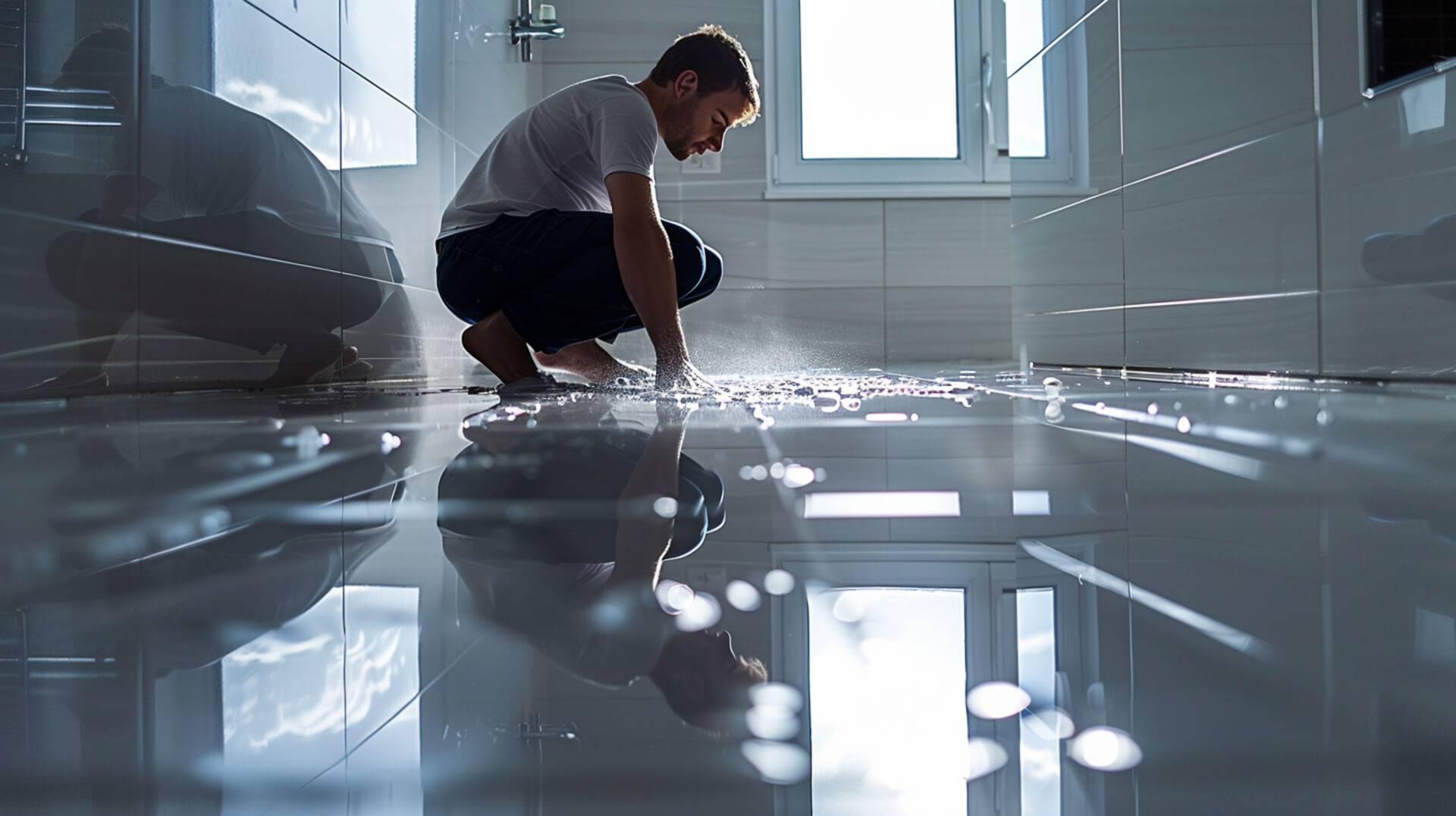
Real-world examples can be instrumental in illustrating the benefits of professional intervention for blocked showers. These case studies highlight the importance of timely action and expert solutions in resolving plumbing issues.
Benefits for Property Owners
Property owners have experienced several advantages from professional plumbing services:
- Efficient Resolution: Experts often resolve blockages more quickly than DIY methods.
- Long-Term Solutions: Professionals can provide permanent fixes rather than temporary relief.
Relevance to Business and Facility Managers
For business and facility managers, these case studies are particularly relevant because they:
- Demonstrate Cost-Effectiveness: Highlighting how early professional intervention can save on long-term repair costs.
- Showcase Preventive Measures: Providing insights into maintenance practices that can prevent future blockages.
Inspiration for Preventive Practices
Success stories from these interventions can inspire others to adopt similar practices:
- Routine Maintenance: Regular professional checks can prevent the escalation of minor issues.
- Educational Resources: Learning from the experiences of others can inform better facility management strategies.
By examining these case studies, you can gain a clearer understanding of the value that professional plumbing services offer in maintaining the health of your property’s plumbing system.
Key Takeaways for Managing Shower Blockages
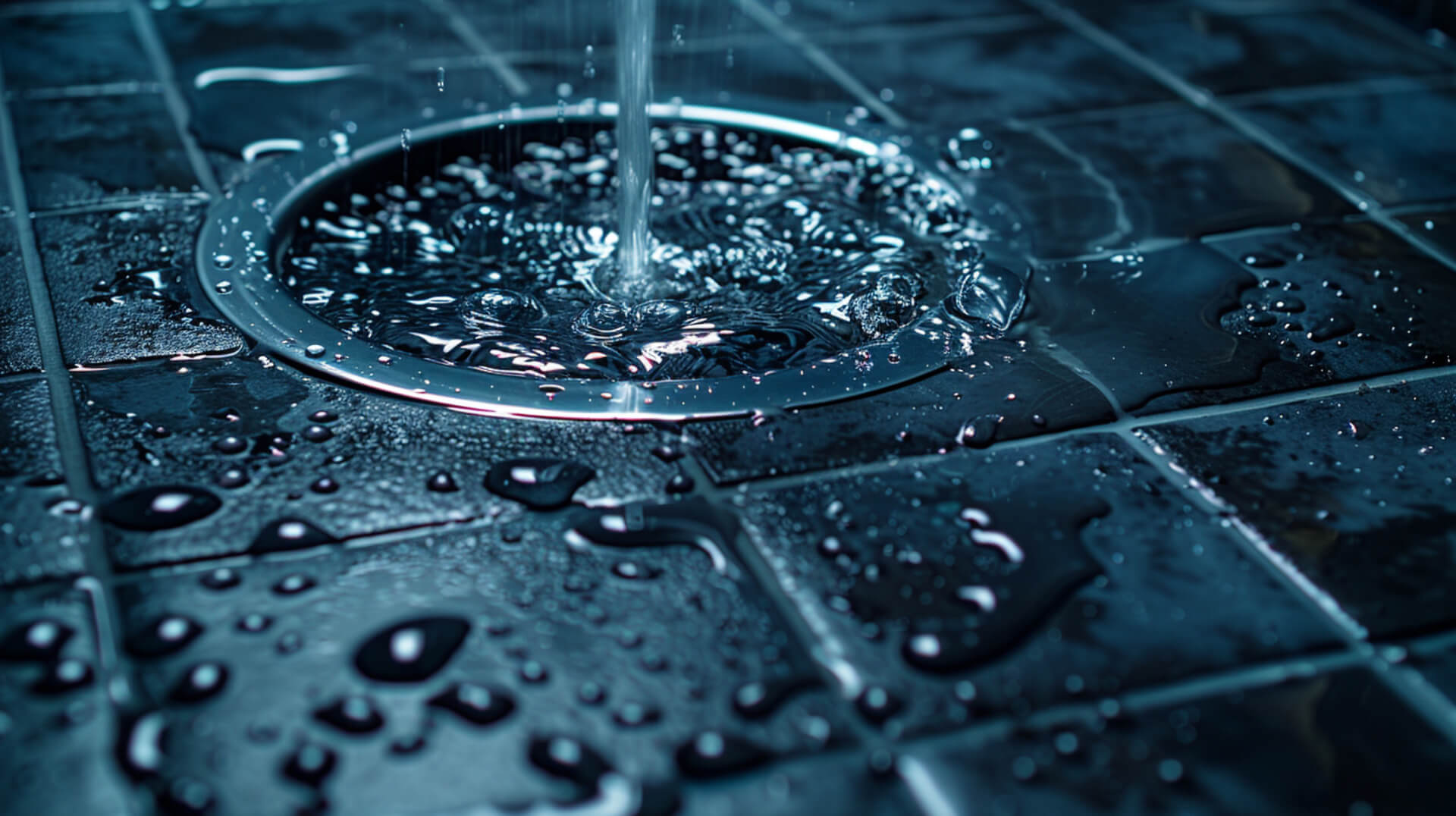
In managing shower blockages, the key takeaways include recognising early signs, understanding causes, and knowing when to employ DIY methods versus professional services.
Integrating Practices into Regular Maintenance
Property owners are encouraged to integrate blockage prevention into their regular maintenance routines by:
- Conducting Weekly Cleanings: To remove hair and debris from the drain.
- Performing Monthly Inspections: To check for signs of mineral buildup or slow drainage.
Benefits of a Proactive Approach
A proactive approach to plumbing maintenance offers several long-term benefits:
- Preventing Costly Repairs: By addressing issues early, you can avoid more significant, expensive problems.
- Maintaining System Health: Regular maintenance ensures the longevity and efficiency of your plumbing system.
Seeking Further Advice or Assistance
For further advice or assistance:
- Consult Professionals: Contact local plumbing services for expert opinions and solutions.
- Access Online Resources: Utilise online platforms for tips and best practices in shower maintenance.
By adopting these practices, property owners can ensure their showers remain clear and fully functional, safeguarding against the inconvenience and expense of blockages.
